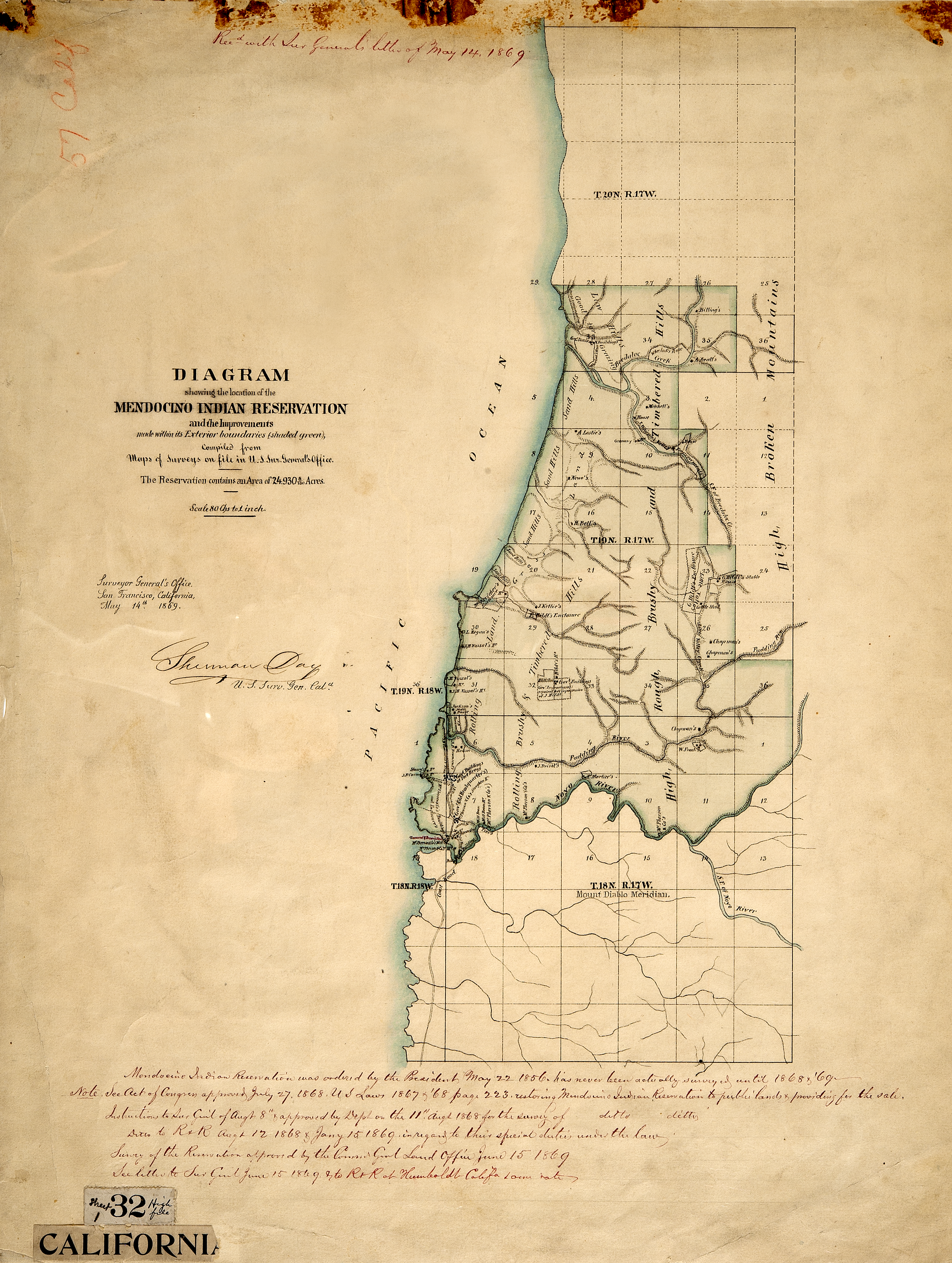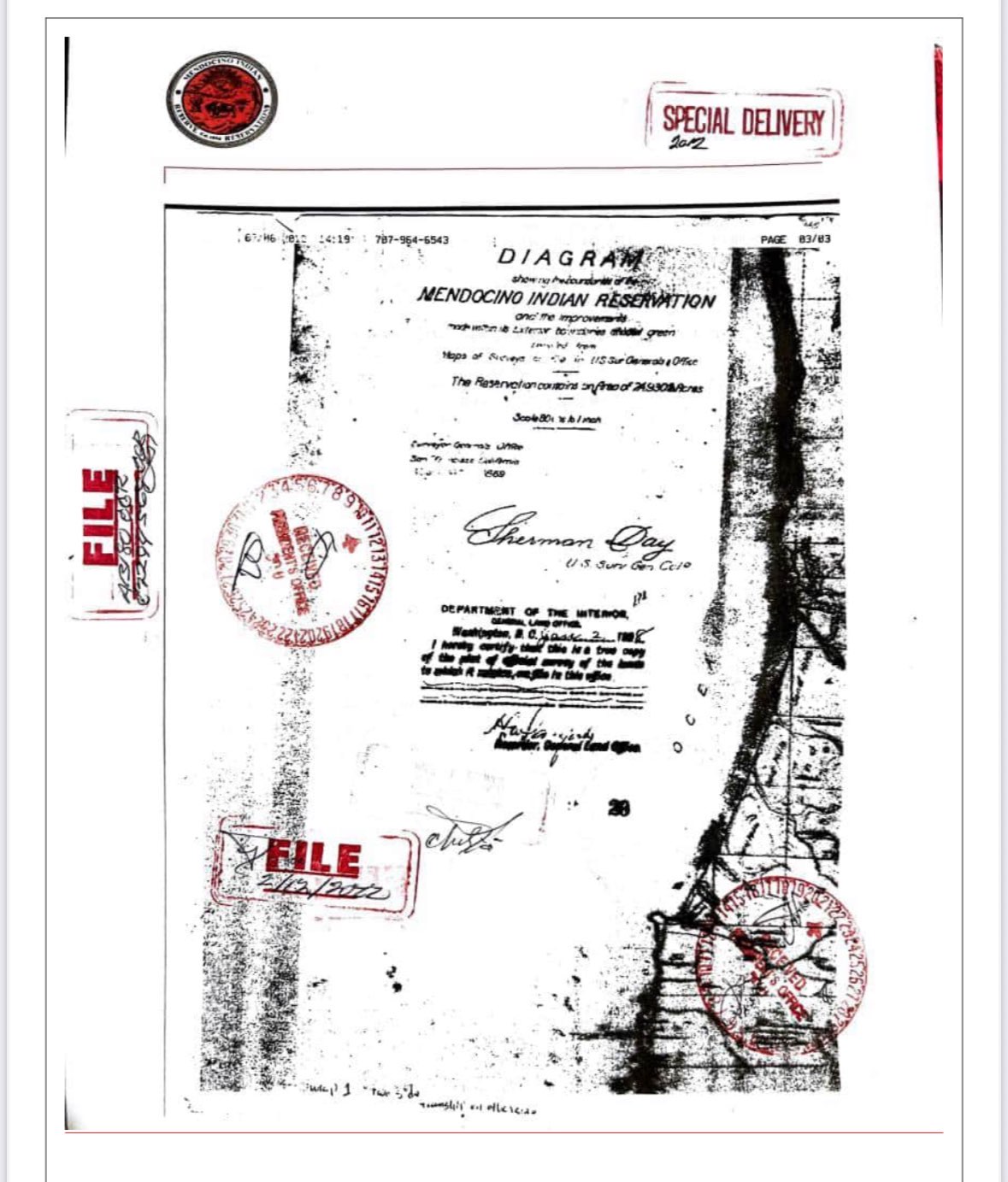Tribal Nations Mendocino Strategic Development Plan
N.A.S.H.A (Native American Supporting Historical Alliance) & D-Q University
Building Sustainable Green Economy Through Hemp Manufacturing and Cultural Preservation
2021 ATN Resolution | 6-01-2021 Constitution | ATN Consultation
Executive Summary
This comprehensive $2.5 billion strategic development plan represents the largest tribal economic development initiative in the United States. Led by Federal Contractor and Awardee of the Interior Chief Geronimo Thomas Langenderefer aka Thomas Wright to NASHA Engineering, who won the economic development plan in 2010 govern under Small Agencies and Native American Tribes RFI/RFP View 2025 Treaty: Authorized Author Chief Geronimo. This project transforms tribal lands into a world-class industrial hemp cultivation, hemp paper mill, hempcrete factory and hemp plastic which wil provide 70% of the economic revenue to balance the casino entertainment facility. This casino plan is strategically positioned to provide net 30% of total project revenue, the development plan while preserving cultural heritage, creating 6,000 jobs over 20 years and ensuring sustainable funding for environmental and cultural preservation initiatives.
Engineering Authority, Federal Recognition & Mendocino Indian Reservation
Chief Engineer Recognition: In 2009, Federal Contractor and Awardee of the Interior provided engineering certification to Thomas Wright (Chief Geronimo) for this strategic development project. View Engineer Approval Documentation, View Architect Documentation, and View NASHA 2022. These documents established the technical foundation and regulatory compliance for the comprehensive tribal land development initiative.
Land Ownership: The Mendocino Indian Tribe already owns the designated reservation land, eliminating the need for trust acquisition or additional federal licensing processes, enabling immediate project implementation upon funding approval.
Federal OMB Authorization: The Mendocino Indian Reservation operates under OMB Number: 4040-0004, establishing federal recognition and compliance with Office of Management and Budget regulations for tribal economic development initiatives. View Federal Assistant Documentation.
Small Agency and Native American Tribes Transition: This development plan operates under the federal Small Agency and Native American Tribes Transition framework, ensuring compliance with specialized tribal sovereignty and economic development regulations. View Tribes Transition Documentation.
National Labor Relations Act: The project operates in full compliance with the National Labor Relations Act, ensuring fair labor practices and worker rights throughout all phases of development. View National Labor Relations Act Documentation.
Filed Reservation Map: View Filed Mendocino Indian Reservation Documentation - See Example 2: Verified Mendocino Indian Reservation Map From 1856, the original map, finalized by General Survey Department of Interior Stamped 1908 (displayed on right).
History of Fort Wright AKA Fort Bragg
Historical Timeline & Land Rights Clarification:
1855:Fort Wright was started by Brigadier General Wright in 1855.
1857: Fort Bragg was started by the Superintendent Edmund Beal and Lieutenant Gibson gave action in naming Fort Bragg which gave action in Mr. Beale government control full production from 1857-2002 when it was closed due to lack of timber. Note: captain Ford was the controlling officer of the military post. There is no record of Lt Gibson under his authority.
October 1864: Fort Bragg claimed they abandoned in 1864, but this was a false pretense. The reality is that Native Americans were forcibly removed and relocated to Covelo, not that the land was abandoned. The land should have been returned to the Native Americans following this forced relocation.
May 14, 1869: The Original Map of 1856 Mendocino Indian Reservation was signed by Sherman Day, establishing the legal boundaries and recognition of tribal lands. View Mendocino Reserve Geography - Read pages 22-23 for the Location of the Mendocino Indian Reserve in 1856 for Location. See Example 1: Original 1856 Mendocino Indian Reservation Map (displayed on right).
Jurisdictional Clarification: Fort Bragg initiated its own governing body, which Chief Geronimo states is out of jurisdiction to make land claims. The property was originally authorized by the Brigadier General under the original name "Fort Wright."
2010 Economic Development Authorization: Chief Geronimo won the 20-year Opportunity Zone Fort Wright AKA Fort Bragg designation through the County Economic Development Plan for the City of Mendocino, establishing legitimate tribal authority over economic development in the region.
Land Rights Statement: We want to clarify that the actions of Fort Wright AKA Fort Bragg in initiating their own governing body while representing under the original name "Fort Wright" were jurisdictionally questionable. The mill site was not abandoned - Native Americans were forcibly removed and relocated to Covelo. According to tribal law and federal recognition, this land should have been returned to the Native Americans as the rightful owners.

Example 1: Original 1856 Mendocino Indian Reservation Map
Three Major Manufacturing Facilities
The project includes construction of three state-of-the-art manufacturing facilities across strategic locations within the Mendocino Indian Reservation:
Hemp Mill Facility
Industrial hemp processing and fiber production facility capable of producing 50,000 tons of hemp fiber annually for paper, clothing, and equipment manufacturing.
Hemp Crete Manufacturing
Sustainable building materials production facility utilizing hemp-based concrete alternatives for eco-friendly construction projects.
Hemp Plastic Production
Advanced biodegradable plastic manufacturing facility producing environmentally sustainable alternatives to traditional petroleum-based plastics.
Three-Phase Implementation Strategy
Phase 1: Infrastructure & Foundation (Years 1-7) - $800 Million
- Hemp cultivation labs and 1,000+ acre farming domain establishment
- Entertainment Center (Noyo/Yolo Star Center) with casino and resort: 50 Million for startup (Land, Architect, Administration)
- Water desalination plant (250,000kw capacity)
- Initial manufacturing facility construction: Hemp Paper Mill & HempCrete 150 Million For Startup (Land, Architect, Administration)
- Residential housing development pilot program for 2 Fire Resistant Hemp Houses - View White Paper
Phase 2: Commercial & Educational Development (Years 8-14) - $900 Million
- D-Q University restoration and expansion HERE
- Railroad reconstruction connecting San Francisco to Pacific Port
- Pier and depot construction with international shipping capabilities
- Medical center and research facilities
- Tech school and workforce development programs
- Farmers market and walking trail networks
Phase 3: Community & Residential Expansion (Years 15-20) - $800 Million
- Residential housing development full development of 1,000 houses
- Cultural preservation facilities and museums
- Advanced manufacturing facility completion
- Tourism infrastructure and visitor accommodations
- Sustainable energy grid completion
Economic Development Goals by Sector
Manufacturing Sector
- 50,000 tons hemp fiber production annually
- 100,000 tons bio-fuel production
- 850,000 tons fertilizer production
- Hemp-based construction materials
- Biodegradable plastic manufacturing
Medical & Research Sector
- COVID-19 treatment research using hemp compounds
- Emergency health services for workforce
- Comprehensive disease prevention data analysis
- Natural medicine research center
- Healing and rejuvenation facilities
Transportation & Energy
- Railroad reconstruction to San Francisco
- 250,000kw hydro-electric capacity
- 25 Megawatt Magnetic Generator
- Public Notice and Full Strategy & Execution Plan
- Signed Public Notice
- Complying With The National Energy Emergency
- S.245 Indian Tribal Energy and Self Determination Act
- Solar and battery backup systems
- International shipping port facilities
Agriculture & Sustainability
- 500 hemp farms across reservation land
- Agricultural storage and distribution centers
- Soil remediation through hemp cultivation
- Organic farming pilot programs
- Water management and conservation
Hospitality & Tourism
- Resort and casino entertainment complex
- Cultural heritage tourism experiences
- Low-income family housing support
- Entertainment events and sports facilities
- Walking trails and recreational areas
Education & Cultural Preservation
- D-Q University restoration and accreditation
- Marine and oceanographic research
- Technical school for innovation and agriculture
- Tribal law and business programs
- Cultural heritage and language preservation
Major Project Components & Investment
Infrastructure Development
- Railroad Reconstruction: $500M
- Piers and Docks: $50M
- Hydro-Electric & Desalination: $100M
- Transportation Factory: $25M
Educational Facilities
- D-Q University Restoration: $150M
- Biological Research Center: $30M
- Tech School: $30M
- Medical Center: $50M
Entertainment & Cultural
- Theater of the Arts: $30M
- Museum & Cultural Center: $10M
- Casino & Resort Complex: $600M
- Farmers Market: $10M
Manufacturing & Production
- Hemp Processing Facilities: $300M
- Manufacturing Equipment: $200M
- Quality Control Labs: $50M
- Warehouse & Distribution: $100M
Employment Structure & Wage Tiers
Consult with Gavin Newsom for Job Creation Grants: https://jobsfirst.ca.gov/press-release-archive/
Workforce Distribution (6,000 Total Jobs)
- Tier 1 ($20-$25/hour): 3,000 positions - Stage hands, maintenance workers, laborers, casino retail, factory workers, security officers
- Tier 2 ($50-$100 salary): 2,000 positions - Landscape managers, technicians, restaurant managers, heavy equipment operators, truck drivers
- Tier 3 ($100-$200 salary): 800 positions - Master carpenters, architects, engineers, scientists, project managers, lab technicians
- Tier 4 ($200-$350 salary): 200 positions - Security managers, marketing developers, department heads, executives
Federal Authorization & Legal Framework
Presidential Recognition: Chief Geronimo Thomas Wright received the economic development plan authorization from President Obama's administration in 2009, establishing federal support for this tribal sovereignty initiative.
Regulatory Compliance: The project operates under the 2018 Farm Bill hemp cultivation provisions (7 CFR Part 990), Indian Self-Determination Act (PL-93-638), and tribal sovereignty laws, ensuring full legal compliance for all manufacturing and cultivation activities.
Department of Interior Recognition: Self Sufficiency, Self Determination and Self Government.
Environmental Impact & Sustainability
- Hemp cultivation for soil remediation and alkalizing damaged agricultural land
- Renewable energy systems reducing carbon footprint by 75%
- Water desalination providing sustainable water resources
- Biodegradable product manufacturing reducing plastic waste
- Forest fire prevention through strategic land management
- Marine science research for environmental protection
Success Metrics & ROI
- 6,000 permanent jobs created over 20 years
- $2.5 billion economic impact in Mendocino County
- 300 jobs per year sustained growth rate
- Investment return within 2-5 years
- Hemp production: 1 million tons annually by year 10
- International export capabilities through Mendocino Port
- Educational excellence through accredited tribal university
- 2025 Casino Pilot Program: View Phases and Operations
